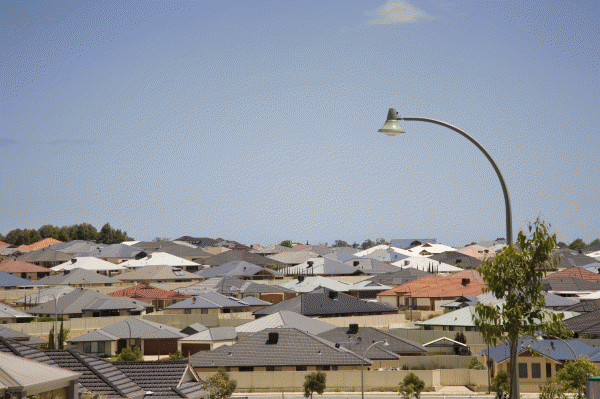The latest data from the Australian Clean Energy Regulator (ACER) shows that more than 858 000 homes in Australia are now equipped with solar photovoltaic panels totalling almost 2GW of installed capacity in solar PV, reports the Sustainable Energy Association of Australia (SEA).
Australian homes also now have more than 600 000 solar hot water systems installed.
The ACER October 2012 release provides installation numbers up until 30 September 2012.
With 8 million homes in Australia and existing growth trends, more than 10 per cent of homes now have installed solar panels, and rates of installation are running ahead of those previously forecast by me in July. Projections suggest 1 million homes will have solar by June 30, 2013.

Forecasting installation rates forward, Australia is likely to have a million homes with solar in around 12 months time, bringing installed capacity of small scale solar to over 2.3 GW.

Average system size continues to grow, with systems recorded for June 2012 averaging 2.84 kW, but with changes in feed in tariffs occurring around Australia, this trend looks set to reverse.

Changing policy
Changes in the solar multiplier led to an accelerated installation up to June 2011, and with further staggered perturbations to the market caused by changes in feed in tariff policies in different states. However, competitive pricing appears to be taking over from government pricing as the rate of installation approaches levels similar to high installation rates during the period of feed in tariffs and higher Federal support.



Feed-in tariff policy is expressed in sudden changes in the average size of installed systems. The most dramatic impact of this seen in Western Australia where the termination of a solar feed in tariffs were announced without warning, and the state still lags behind in size of installations, although this may reflect a better production in Western Australia.
Queensland is now the State with the largest amount of installed solar in the nation by both number and capacity with over 600 MW on more than 247 000 installations.
Three postcodes in Queensland – Caloundra (postcode 4551) Hervey Bay (4655) and Bundaberg (4670), and one in Western Australia – Mandurah (6210) now all have more than 10 MW of solar installed – more than Australia’s newest and largest solar farm installed in the Geraldton region and opened this week. Even adding 3.6 MW of generation in the Geraldton postcode 6530 to give a total of 13.6 MW in the area, Bundaberg manages to keep the top spot of highest installation of solar by postcode with 14 MW of distributed generation.
All data sourced from Australian Clean Energy Regulator http://ret.cleanenergyregulator.gov.au/REC-Registry/Data-reports











